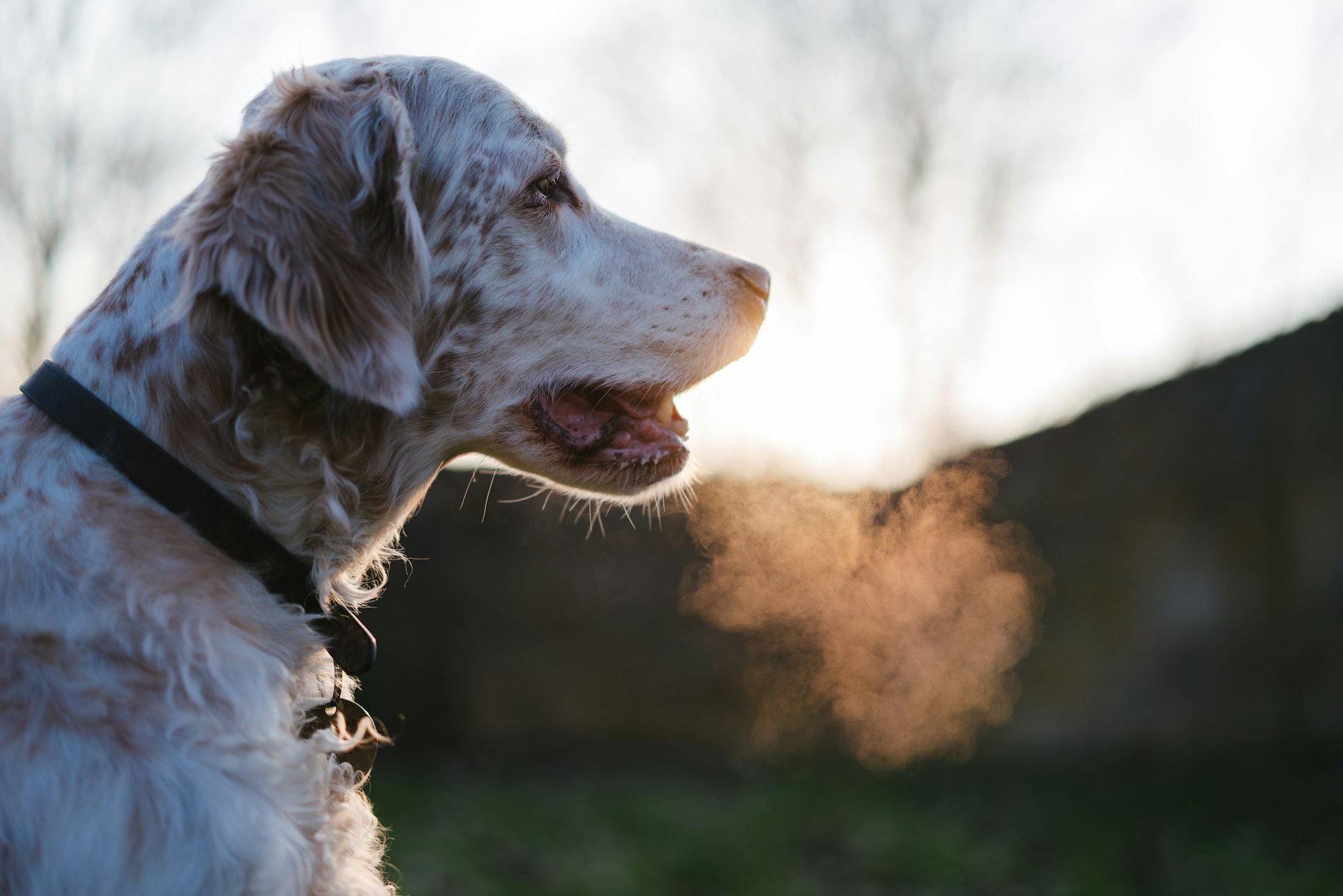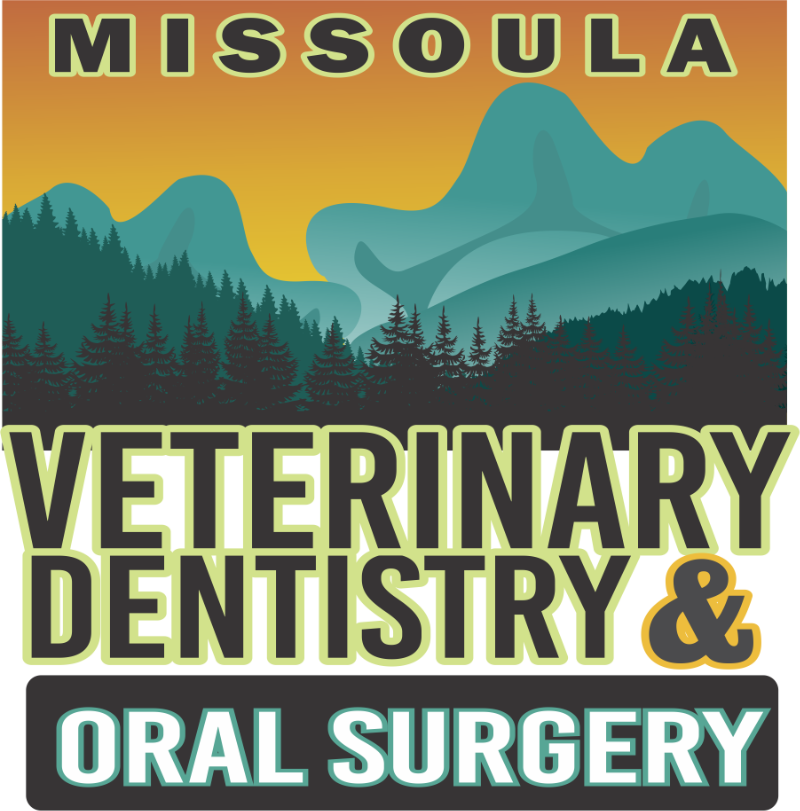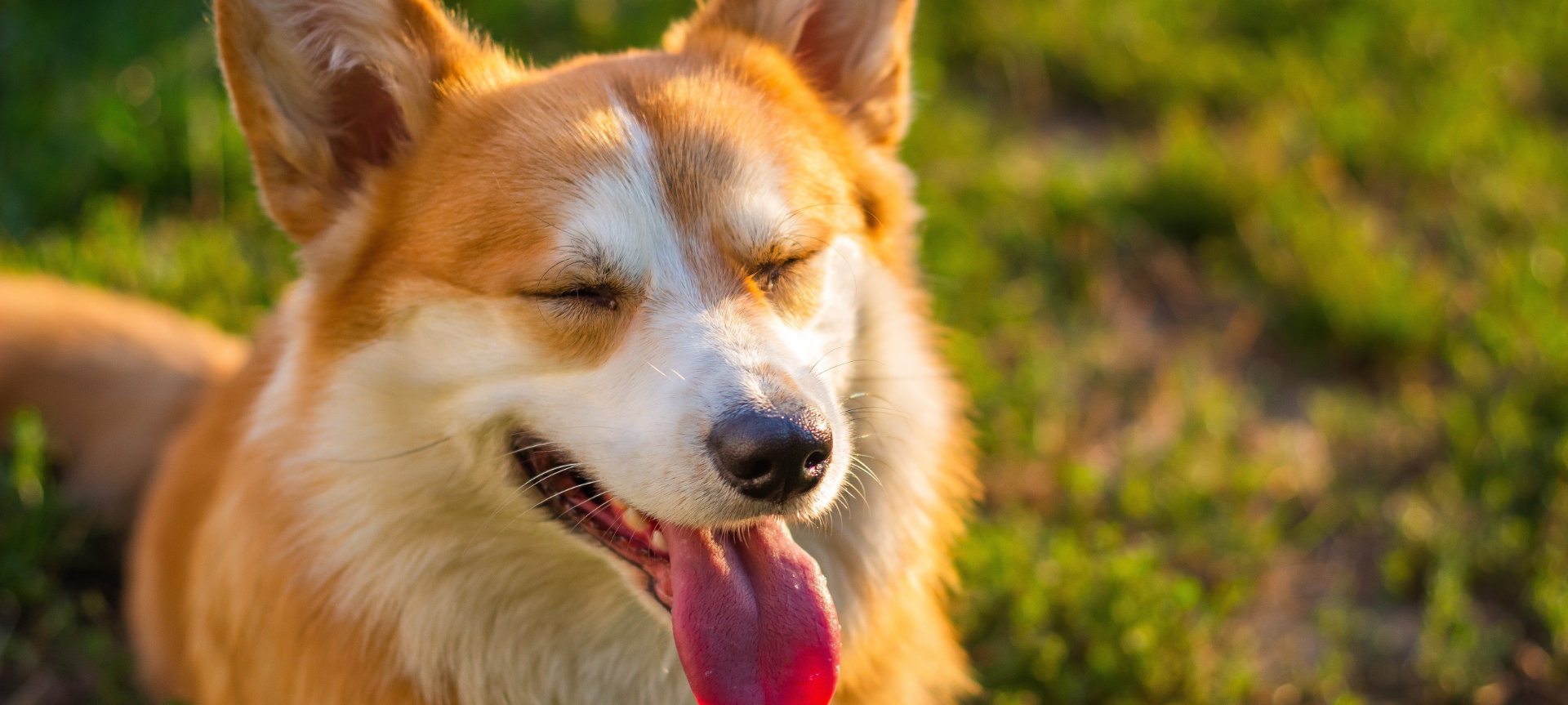
27 Mar Bad Breath Mysteries: Exploring the Likely Causes of Halitosis in Cats and Dogs
As pet owners, we adore our companions, but there’s one thing that can put a damper on our affection for cats and dogs: bad breath, AKA halitosis. Persistent or foul-smelling halitosis could indicate underlying health issues. In this article, we’ll unravel the mystery behind bad breath in dogs and cats, exploring the likely causes and what you can do to keep your pet’s breath fresh and healthy.
5 Common Causes of Bad Breath in Dogs and Cats
1. Dental Disease
The most common cause of halitosis in cats and dogs is dental disease. Just like in humans, poor oral hygiene can lead to plaque and tartar buildup, gum inflammation (gingivitis), and periodontal disease. These conditions create a breeding ground for odor-producing bacteria, resulting in foul-smelling breath. If left untreated, dental disease can progress to tooth decay, tooth loss, and even systemic health problems. Regular dental care, including brushing your pet’s teeth, providing dental chews or treats, and scheduling professional dental cleanings, can help prevent and manage dental issues and combat bad breath.
2. Diet
Diet plays a significant role in pet breath odor. Certain foods, especially those high in protein, can leave residues in the mouth that contribute to bad breath. Additionally, feeding pets table scraps or human food can introduce odorous compounds into their mouths. Switching to a high-quality, balanced diet formulated for your pet’s specific nutritional needs can help improve breath odor. Moreover, providing dental-friendly treats or toys can help promote chewing and saliva production, which aids in cleansing the mouth and reducing odor-causing bacteria.
3. Gastrointestinal Issues
Halitosis can sometimes stem from underlying gastrointestinal problems in cats and dogs. Conditions such as gastritis (stomach inflammation), gastroenteritis (intestinal inflammation), or gastrointestinal infections can lead to malodorous breath as gases and odors from the digestive tract are expelled through the mouth. If your pet’s bad breath is accompanied by other symptoms such as vomiting, diarrhea, or changes in appetite or behavior, it’s essential to consult your veterinarian for proper diagnosis and treatment.
4. Oral Infections or Abscesses
Infections or abscesses in the mouth, such as those caused by oral wounds, foreign objects, or oral tumors, can also result in halitosis. These conditions may not always be visible to the naked eye, so a thorough oral examination by a veterinarian is necessary to identify any underlying issues. Treatment may involve antibiotics, surgical intervention, or other medical management depending on the nature and severity of the problem.
5. Systemic Health Conditions
In some cases, halitosis may be a symptom of underlying systemic health conditions in cats and dogs. Conditions such as kidney disease, diabetes, liver disease, or respiratory infections can manifest as bad breath among other signs. If your pet’s bad breath persists despite addressing dental and dietary factors, it’s crucial to rule out any underlying medical conditions through thorough veterinary evaluation and diagnostic testing.
Dog and Cat Dentist in Missoula, Montana
In conclusion, halitosis in cats and dogs can stem from various factors, including dental disease, diet, gastrointestinal issues, oral infections, or systemic health conditions. Understanding the likely causes of bad breath in your pet allows for early detection and intervention, promoting better oral and overall health. By prioritizing dental care, providing a balanced diet, and seeking veterinary attention for persistent halitosis, you can ensure that your pet’s breath stays fresh and their health remains optimal. If your pet is due for a dental exam or you have any questions about their oral health, contact Missoula Veterinary Dentistry & Oral Surgery.
Images used under creative commons license – commercial use (3/27/2024). Photo by Phil Hearing on Unsplash



